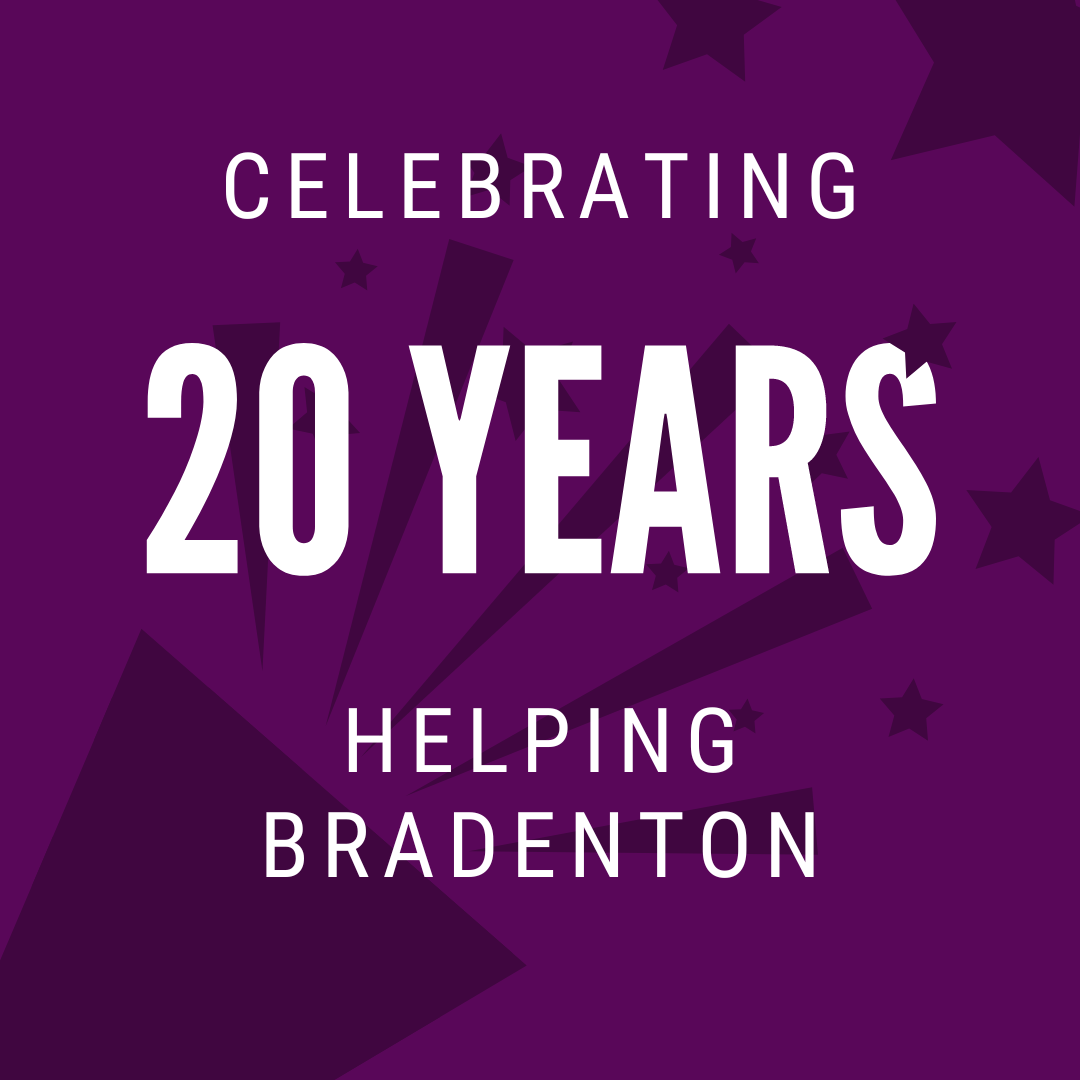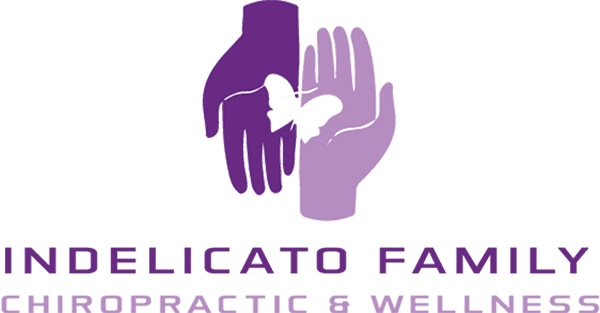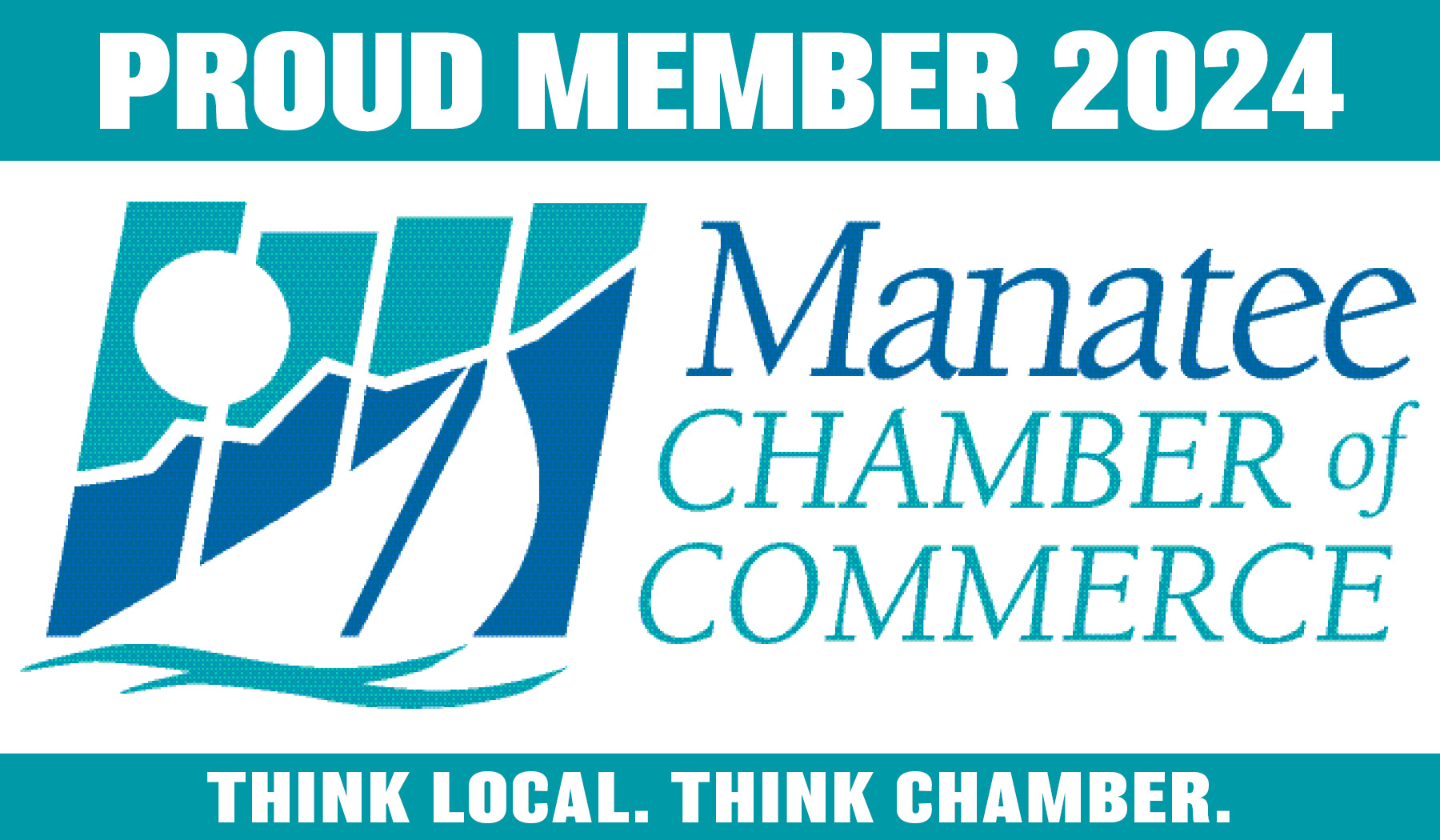The Indelicato Family Chiropractic Blog
Family Owned Since 1987
Over 30 Years of Experience
Se Habla Español

At Indelicato Chiropractic, we are committed to helping our patients achieve optimal health and wellness, especially after experiencing low-impact injuries such as those from auto accidents. Our patients consistently share their positive experiences, highlighting the care, compassion, and results they receive from our team. Today, we’ll explore how taking action immediately after an auto accident can significantly enhance your recovery and overall patient experience, as reflected in the feedback from our valued patients. Why Immediate Action Matters for Low-Impact Injuries Low-impact auto accidents, such as rear-end collisions, often result in injuries like whiplash or lumbar strain, which may not seem severe at first. However, delaying treatment can lead to chronic pain, reduced mobility, and prolonged recovery times. Seeking chiropractic care promptly after an accident ensures that your body receives the attention it needs to heal properly and prevent long-term complications. As Patrick S. shared in his 5-star Google review: "I was traveling through the area and found Indelicato Chiro. I have had multiple whiplash and lumbar issues over my 70 years. Dr. Ivers did an amazing job relieving my pain. He was knowledgeable and friendly. The staff is fantastic! Well organized, super helpful, and pleasant to be around." Patrick’s experience underscores the importance of addressing injuries like whiplash promptly. By seeking care at Indelicato Chiropractic, he was able to find relief and begin his recovery journey with a supportive team by his side. Enhancing Patient Outcomes Through Comprehensive Care At Indelicato Chiropractic, we prioritize a holistic approach to care, ensuring that every patient receives personalized treatment tailored to their needs. Our doctors take the time to listen to your concerns, assess your condition, and develop a plan that maximizes your recovery. As Tammy L. noted in her 5-star review: "I love this office. I found them last year. They listen to me and my concerns. The treatment I have received has helped every time." This feedback highlights how our attentive care leads to consistent, positive outcomes for our patients. For auto accident injuries, chiropractic adjustments, massage therapy, and targeted rehabilitation can address misalignments, reduce inflammation, and promote healing. Anthony B. also praised our approach, stating: "The doctors are very nice and always wanting to know what’s going on or how we’re feeling every time we come in. The massage therapists are so kind and really do their job well." Our integrated care model, including massage therapy, ensures that patients experience both physical relief and a nurturing environment, which is critical for recovery after an accident. Creating a Positive Patient Experience A key part of maximizing patient outcomes is fostering an environment where patients feel cared for and supported. From the moment you walk into our office, our team is dedicated to making your experience exceptional. Lynne S. shared her thoughts in her 5-star review: "I’ve been coming to this Chiropractic I love everybody here the girls at the front desk are great all the doctors are fabulous they give you great care they actually care about your well-being and the massages here are great very nice clean office just come on down." Lynne’s review reflects the warm, welcoming atmosphere at Indelicato Family Chiropractic, where every staff member—from the front desk to the doctors—prioritizes your well-being. The Benefits of Acting Quickly After an Auto Accident When it comes to low-impact injuries, time is of the essence. Here’s why immediate chiropractic care can make all the difference: Preventing Chronic Pain: Addressing misalignments and soft tissue injuries early can prevent them from becoming chronic issues. Reducing Inflammation: Chiropractic adjustments and therapies like massage can reduce inflammation, speeding up the healing process. Restoring Mobility: Early intervention helps restore range of motion, preventing stiffness and discomfort from setting in. Improving Overall Recovery: Patients who seek care right away often experience faster and more complete recoveries, as seen in the experiences of our patients. Take the First Step Toward Recovery Today If you’ve been in an auto accident, don’t wait to seek care. At Indelicato Chiropractic, we’re here to help you recover quickly and effectively while providing a patient experience that makes you feel valued and supported. Our team is ready to listen to your concerns, develop a personalized treatment plan, and guide you on your journey to wellness. Contact us today to schedule your appointment and experience the difference that immediate, compassionate chiropractic care can make. As our patients have shared, we’re here to help you feel your best—every step of the way. Indelicato Chiropractic 407 6th Ave E Bradenton, FL 34208 (941)746.2612 www.indelicatofamilychiro.com





Share On: